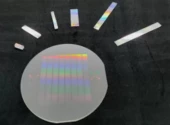Description
The Periodically Poled Lithium Niobate (PPLN) crystal is an advanced material renowned for its exceptional efficiency in nonlinear wavelength conversion processes. This crystal is designed to cater to a broad spectrum of light transmission, encompassing both the Near-Infrared (NIR) and Mid-Infrared (MIR) spectral regions. Its versatility makes it an ideal choice for Second Harmonic Generation (SHG), Sum Frequency Generation (SFG), Optical Parametric Oscillation (OPO), and other nonlinear optical processes, extending from the visible to the MIR range.
The PPLN crystal's unique periodic structure allows for the precise design of output wavelengths, meeting the diverse demands of modern optical applications. Incorporating Magnesium Oxide (MgO) doping, the PPLN crystal exhibits a significantly enhanced optical damage threshold and photorefractive threshold, while maintaining a high nonlinear coefficient. This enhancement ensures that the MgO:PPLN variant operates more stably at lower temperatures and within the visible light spectrum compared to its undoped counterparts.
The precision in end polishing and coating further contributes to the crystal's high performance and durability, making it a reliable component in various optical systems. PPLN crystals have found widespread use in numerous fields, including laser display technology, environmental detection, mid-infrared spectroscopy, all-optical wavelength conversion, and optical sensing. Their ability to deliver consistent and reliable performance has also made them invaluable in scientific research and medical applications. With a high damage threshold and customizable configurations, the PPLN crystal is a versatile and indispensable tool for advancing optical technologies.
Periodically Poled Lithium Niobate Crystal for Nonlinear Frequency Conversion
Specifications
| Crystal Type: | LiNbO3 (Lithium Niobate) |
|---|---|
| Width: | 9 mm |
| Height: | 9 mm |
| Length: | 5 mm |
| Flatness: | <= Lambda/8 |
| Surface Quality (Scratch-Dig): | 20-10 |
| AR Coating: | Both Sides |
Features
- Broad Wavelength Range: Supports conversion from visible to MIR (0.5–4 µm).
- Versatile Nonlinear Processes: Suitable for SHG, SFG, DFG, and OPO applications.
- Uniform Periodic Structure: Ensures efficient phase matching and reliable performance.
- MgO Doping Stability: Enhances damage threshold and reduces photorefractive effects.
- High Optical Quality: Precision polishing and customizable coatings for superior performance.
- Flexible Configurations: Available in multiple lengths, widths, and domain periods.
Applications
- Laser Displays: Enables efficient wavelength conversion for high-brightness sources.
- Mid-Infrared Spectroscopy: Provides tunable sources for molecular detection.
- All-Optical Wavelength Conversion: Enhances telecommunication and photonic systems.
- Optical Sensing: Supports precise sensing in scientific and industrial environments.
- Medical & Scientific Research: Useful in biomedical imaging and nonlinear optics studies.
- Environmental Monitoring: Detects pollutants and greenhouse gases with high sensitivity.
Frequently Asked Questions
What is Periodically Poled Lithium Niobate (PPLN) crystal used for?
What are the features of PPLN crystal?
How can the output of any wavelength be realized with PPLN crystal?
What are the applications of PPLN crystal?
How does MgO doping improve the performance of PPLN crystal?
Similar Products
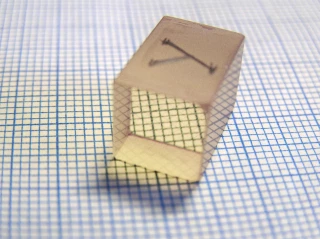

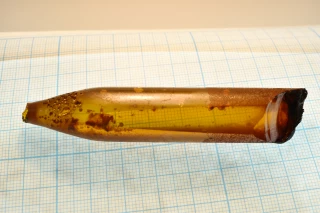

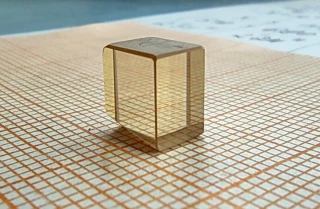
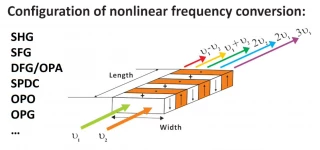
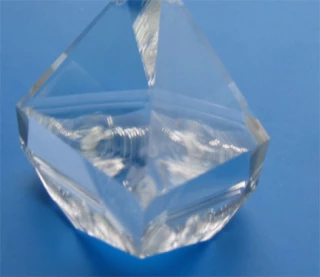
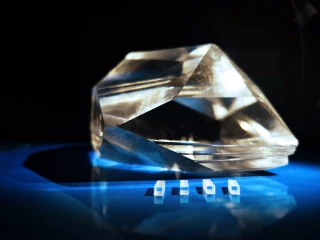
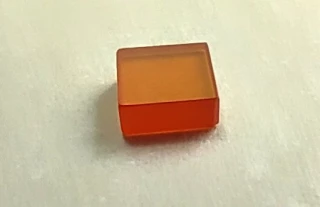
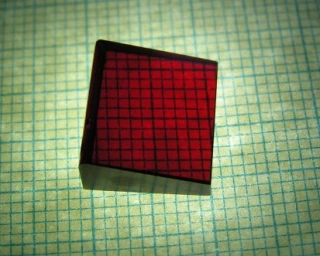


Your inquiry has been received.
Create an account by adding a password
Why create an account?
- Auto-complete inquiry forms
- View and manage all your past messages
- Save products to your favorites
- Close your account anytime — no hassle
